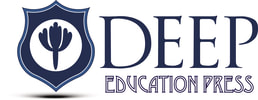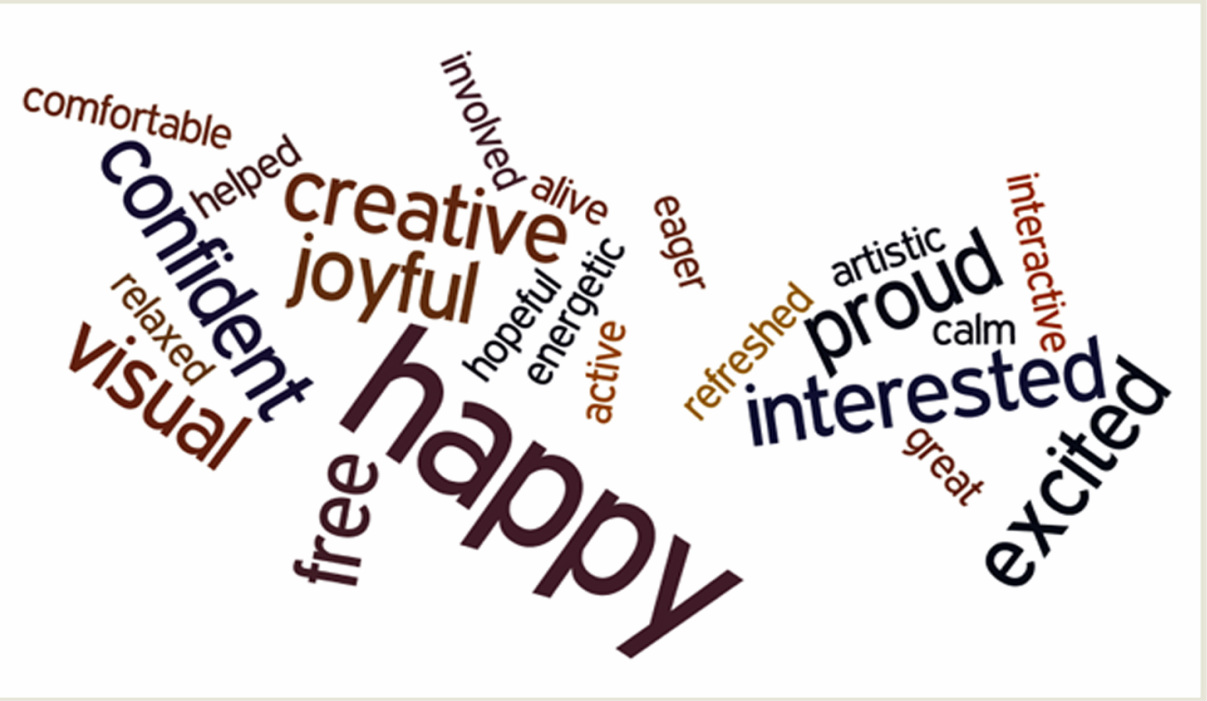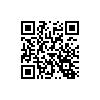Science Teachers Who Draw:
|
Available in print in most online retailers
PDF E-Book Available Here |
|
This book documents the ways in which science teacher researchers used drawing to construct semiotic spaces inside which students acquired significant aesthetic capital and agency. Many previously failing students brokered this new capital into improved academic achievement and a sense of felt freedom.
|
Science Teachers Who Draw: The Red is Always There is a book which asks, “What happens when science teachers adopt an aesthetic approach to inquiry, using drawing to communicate deep understanding?” This narrative inquiry was driven by quantitative studies which reveal a robust positive correlation between students’ test scores in reading and science, beginning at the middle school level. When the data are disaggregated, there exists a vast achievement gap for low income and English language learners. Science teachers are faced with a semiotic nightmare. Often possessing inadequate pedagogical content knowledge themselves, science teachers must somehow symbolically communicate often highly abstract knowledge in ways that can be not only be decoded by their students’ but later used to construct deeper, more differentiated knowledge, which can be applied to make sense of and adapt successfully to life on Planet Earth.
|
An invaluable resource for teachers, teacher educators, and qualitative researchers.
|
Merrie Koester has created a well-researched and documented, persuasive and liberating, serious yet playful book that should be required reading for all science teachers and teachers in preparation. Even the structure of this book reflects its message. Its bones are the solidly researched citations, while at the same time it is poetic, artistic prose whose warm empathic stories clearly illustrate meaning. I spent my career creating programs and providing professional development for teaching science as inquiry, insisting that science and art are inseparable—a message Merrie Koester echoes, “Without art, there is no engineering or invention.” Koester persuasively illustrates that art also “connects, communicates, and breaks down barriers”. Art opens windows to the world for English language learners, poor readers and others too commonly seen as poor students. Equally important, Koester shows us that teaching science as an aesthetic inquiry can be done in the standards-based, ultra accountability context now engulfing education in America. Teachers can’t just script and direct student learning: “Artistic science teaching is far less about telling what is right or wrong than it is about revealing what is significant and meaningful so that students can interact with the content and each other.” Actively engaging in science and illustrating meaning through art provides common shared experiences through which students and teachers learn together.
Science Teachers That Draw: The Red is Always There is for all science teachers, elementary and secondary, including those wishing to become teachers, and for the higher education faculty who prepare them. Donald B. Young, Dean, College of Education, University of University of Hawai‘i Mānoa |
Sir Ken Robinson calls for an aesthetic awakening in our schools if we are to engage today's students in thinking and learning. Merrie Koester takes us into science classrooms and demonstrates how transformational educational change is possible by teaching through aesthetic inquiry. As she shows, graphic scientific visualization is not that hard and scary; educators only need to open themselves to the possibility and try it.
Richard Siegesmund, Professor and Head, Art+Design Education, Northern Illinois University, co-editor with Melisa Cahnmann-Taylor of Arts-based research in education: Foundations for practice Merrie Koester offers science teachers a richly illustrated guide to making science more engaging, more accessible, and truer to the imaginative foundations of scientific inquiry, through the visual arts. Her research-based approach empowers students to notice more, connect better, and express themselves visually as well as verbally. This book will be especially valued by teachers of struggling readers and English-language learners, but it provides a powerful resource for every teacher who values creativity and active learning. Koester’s approach, based on her own and other teachers’ experience, is centered in the power of visual expression to engage students in learning about the natural world, but more deeply it is about caring. Caring for the world, caring about one another. Her book is rich in poetry as well as drawing and in the revealing expressive work and collaborations of students and teachers caring together. Jay Lemke, Department of Communication, University of California–San Diego; author of Talking Science: Language, Learning, and Values and Textual Politics: Discourse and Social Dynamics |






